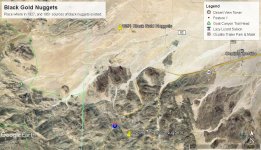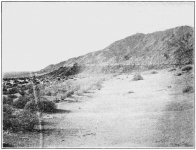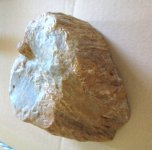wrmickel1
Bronze Member
Bill
The Keyhole Mine from the ledgen of the Keyhole Mine is not to far from this site. But the ledgen did'nt actually state it looks exactly like a Skelleton Keyhole from a old door, But it makes sense behind how old the ledgen is.
babymick1
The Keyhole Mine from the ledgen of the Keyhole Mine is not to far from this site. But the ledgen did'nt actually state it looks exactly like a Skelleton Keyhole from a old door, But it makes sense behind how old the ledgen is.
babymick1








